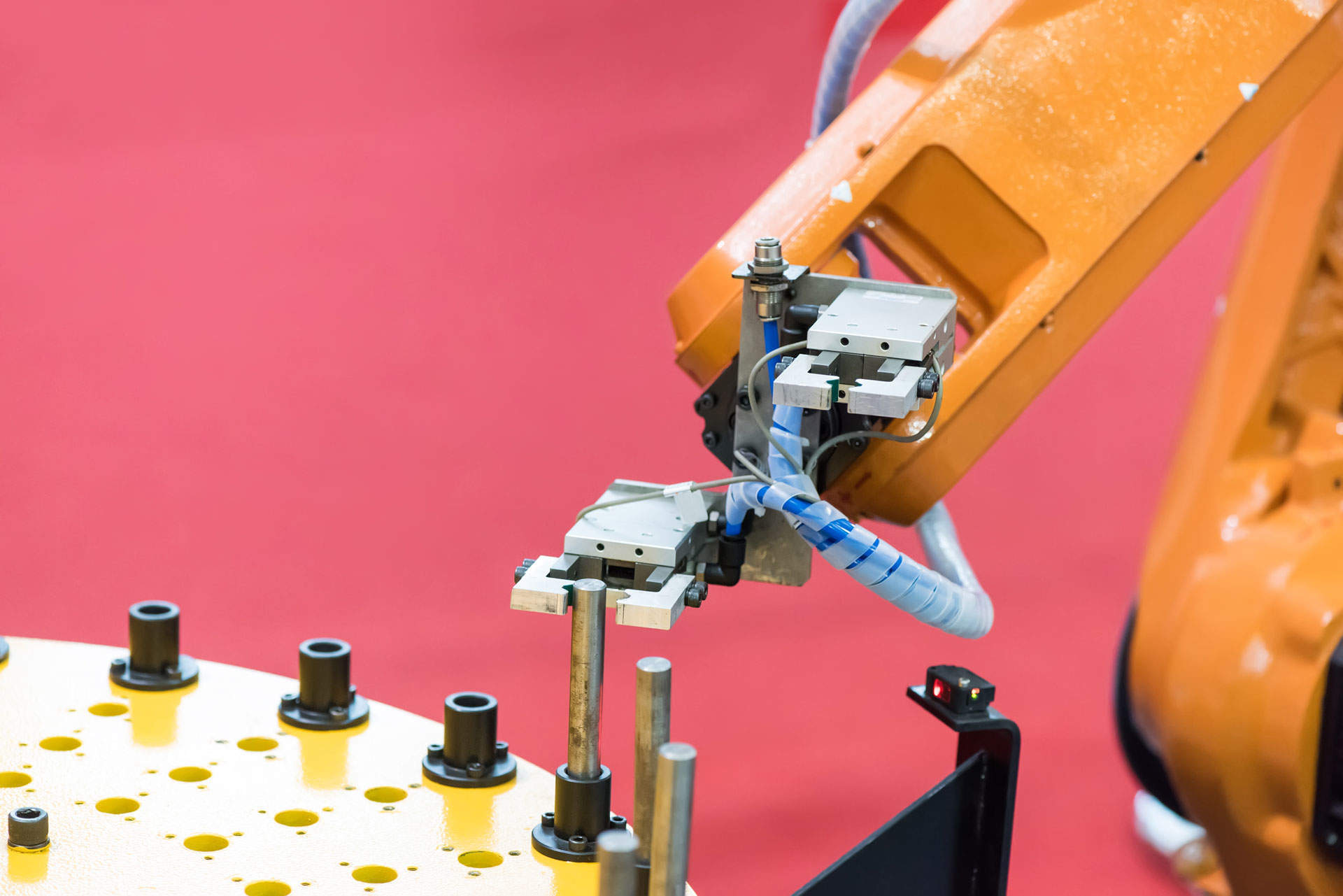
The collaborative robots market is seeing rapid adoption and by 2025 will be worth $8.979bn worldwide, around twenty times, or 1900%, of its current value.
This is according to research by Reportbuyer, which predicts that the global collaborative robots market will see a compound annual growth rate of 46.8% between now and 2025. As of 2017, the market was worth $420m.
Designed to work alongside humans rather than replace them, collaborative robots are seeing growing use in a host of industries, including automotive, electronics, pharmaceuticals and food and beverage.
Collaborative robots and the smart factory
Central to the anticipated growth of the collaborative robots market is the advancement of robotics to produce smarter, more capable robots equipped with advanced AI and machine learning.
This will allow robots to undertake tasks currently only achievable by humans, increasing their potential application and benefits for business.
Furthermore, the rise of the smart factory, where individual machines are networked and in some cases automated, will allow robots to integrate with other factory processes.
How well do you really know your competitors?
Access the most comprehensive Company Profiles on the market, powered by GlobalData. Save hours of research. Gain competitive edge.

Thank you!
Your download email will arrive shortly
Not ready to buy yet? Download a free sample
We are confident about the unique quality of our Company Profiles. However, we want you to make the most beneficial decision for your business, so we offer a free sample that you can download by submitting the below form
By GlobalData“These robots will then be able to access a plethora of database and recognize machines, people and parts, further enabling them to derive critical insights and act upon them,” said Reportbuyer.
Collaborative robots market to be fuelled by SME growth
At present, the majority of companies using collaborative robots are large-scale organisations with the resources to invest in the technology early in its development.
In particular, collaborative robots are well-established in the automotive industry, particularly on assembly lines.
However, much of the future growth will instead come from small and medium-sized enterprises (SMEs), where such robots are already being valued for their cost-efficiency.
“Collaborative robots are most preferred by smaller and medium organizations as they are cost efficient and efficiently streamline the hibernating processes,” explained Reportbuyer. “However, larger organizations occupy the majority share in the market as they were the early adopters and invest significantly into the market.”
This market is already being addressed with a number of products, including Robozän from German company Pi4_robotics, which hires out humanoid collaborative robots to SMEs by the hour.







